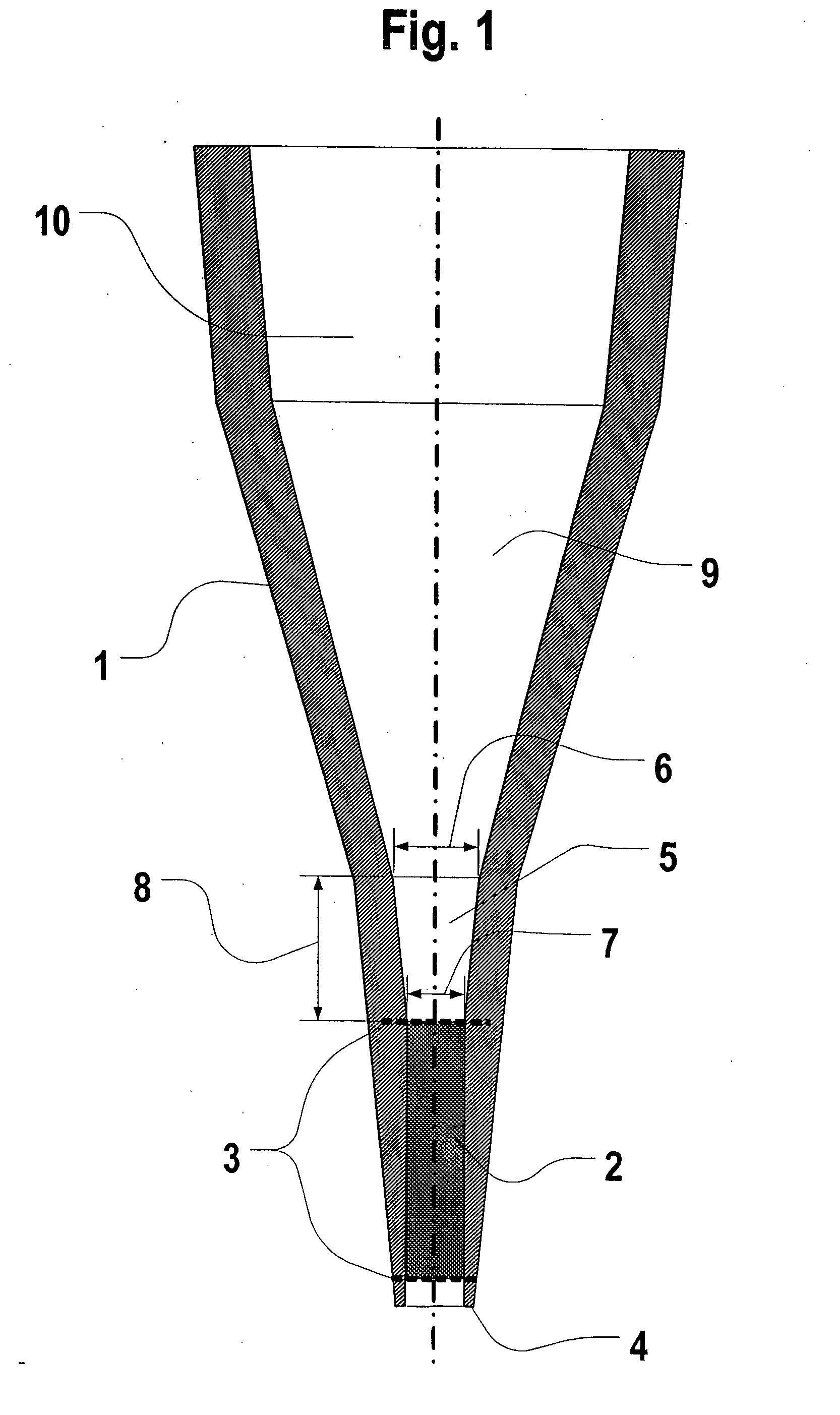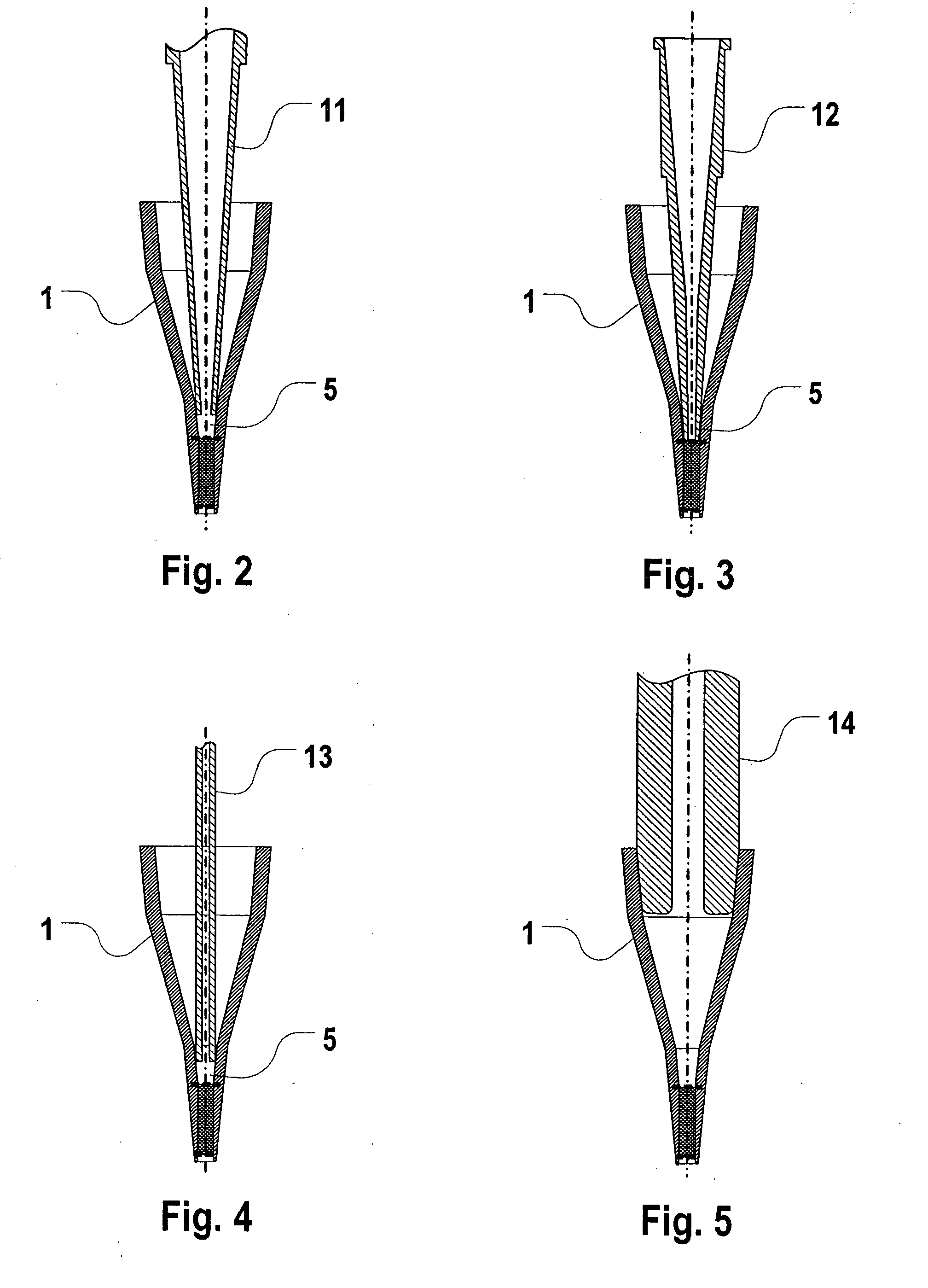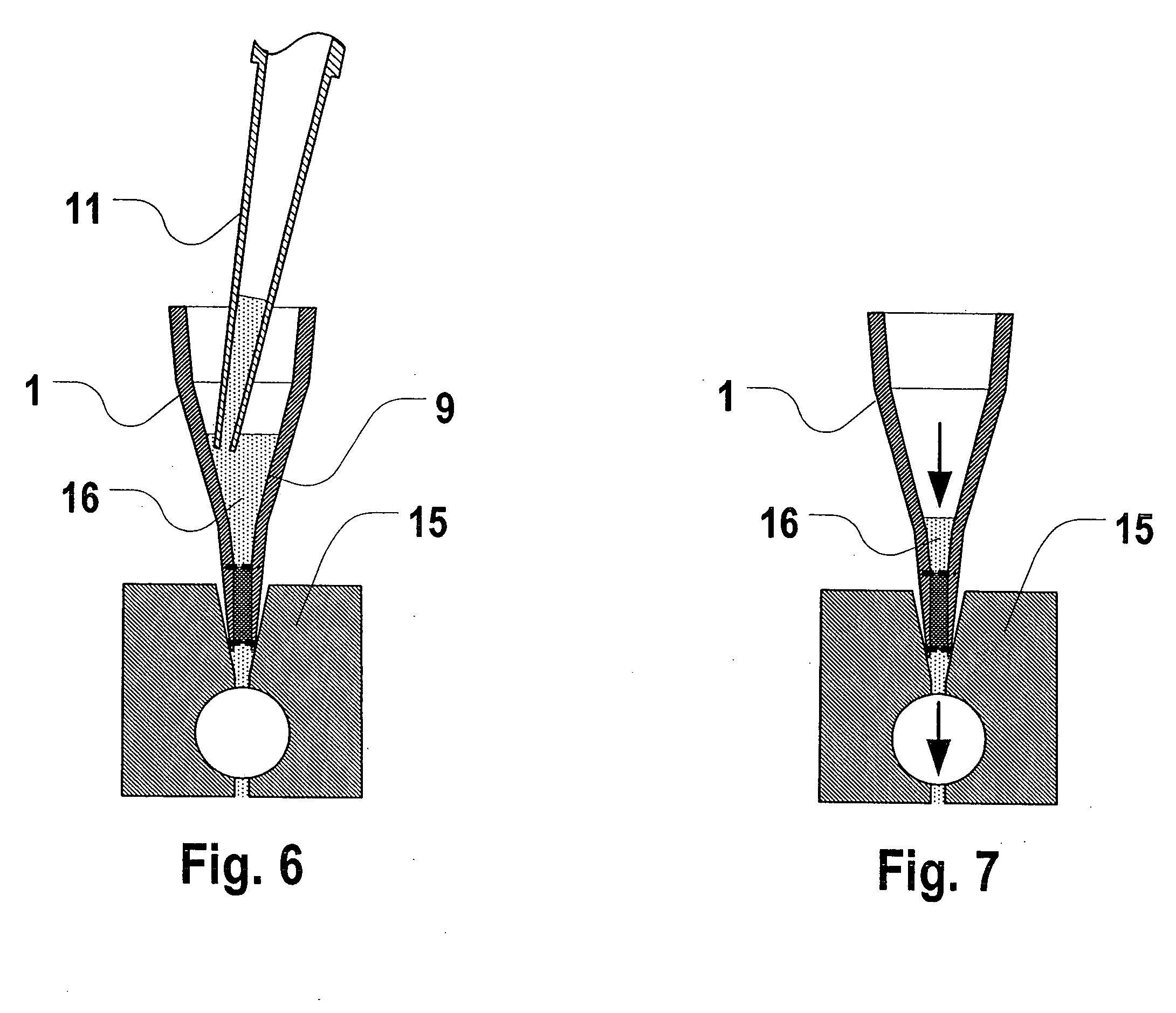Immunoassay assembly and methods of use
a technology of immunoassays and assembly methods, applied in the field of life science research and pharmaceutical development, can solve the problems of complex, low reproducibility, and high variability of microplate elisa methods, and achieve the effect of efficient and accurate immunoassays
- Summary
- Abstract
- Description
- Claims
- Application Information
AI Technical Summary
Benefits of technology
Problems solved by technology
Method used
Image
Examples
Embodiment Construction
[0047] This invention has four related aspects. One aspect relates to the physical design of the assay unit. A second aspect is the method of operation for the assay unit in an immunoassay, particularly taking into account the removal of entrapped air in order to provide reproducible results. A third aspect is the design of an aspiration pump for optimal use with the assay unit to perform the method. A final aspect is the selection of the assay unit packed bed geometry (diameter and length) and particle size for optimal operation of the design in the method. These aspects will be first introduced generally and then described in detail.
[0048] Separation unit design.
[0049] The assay unit includes a packed bed of adsorbent particles contained within a cylindrical or frustum-shaped chamber by inlet and outlet screens or filters. The inlet to the packed bed includes a series of three open frustum-shaped open chambers, forming a tapered “cup”. The successive chambers permits the unit to...
PUM
| Property | Measurement | Unit |
|---|---|---|
| Length | aaaaa | aaaaa |
| Length | aaaaa | aaaaa |
| Length | aaaaa | aaaaa |
Abstract
Description
Claims
Application Information
 Login to View More
Login to View More - R&D
- Intellectual Property
- Life Sciences
- Materials
- Tech Scout
- Unparalleled Data Quality
- Higher Quality Content
- 60% Fewer Hallucinations
Browse by: Latest US Patents, China's latest patents, Technical Efficacy Thesaurus, Application Domain, Technology Topic, Popular Technical Reports.
© 2025 PatSnap. All rights reserved.Legal|Privacy policy|Modern Slavery Act Transparency Statement|Sitemap|About US| Contact US: help@patsnap.com



